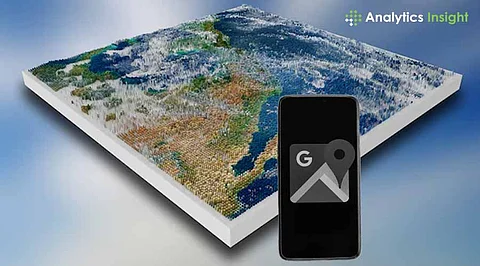

Google Maps plans to introduce system-wide updates that match the recent U.S. government shifts in geographical naming conventions. The implementation followed President Trump's January 20 executive order which introduced name changes to prominent landmarks.
According to President Trump's executive order of January 20, 2025, the Gulf of Mexico received the name Gulf of America, and Denali was renamed Mount McKinley. Google Maps revealed the updated geographic names will become visible when the U.S. Geographic Names Information System (GNIS) executes the official integration.
Google Maps will incorporate these changes after they get integrated into the government-run database to show official place names. The practice at Google since long term includes synchronizing name modifications from official government sources meaning users will see updated naming when GNIS approves the change.
Place renaming represents part of wider discussions about historical and cultural meanings present in geographic names. To better align with political significance and reduce colonial associations the Gulf of Mexico will transition into the Gulf of America. Officials made this change to recognize the area in its wider perspective.
The peak in Alaska known as Mount McKinley until 2015 is officially renamed to Denali. Athabascan native people restored the traditional identity of the famed Alaskan peak that US officials once dubbed Mount McKinley as modern-day Denali. These changes support initiatives to celebrate Native Alaskan heritage as well as reverse historical inaccuracies. The United States Department of the Interior completed their decision-making process which will lead to new place names becoming official across government systems.
GNIS name updates to Google Maps will appear automatically after their completion according to Google. The New Names will start appearing to users across the United States as part of this update. Users of Google Maps outside the U.S. will notice that the landmarks display dual naming distinctions of previous and updated local names. The way Google shows locations based on user locations through local names helps create a straightforward transition while keeping all content unified.
Users across different U.S. regions can see updated place names showing the Gulf of America alongside Mount McKinley when appropriate. International users maintain visibility of former and recent names in their geographic views. The method follows Google's mission to deliver detailed mapping data to global users.
The U.S. Department of the Interior pledged to quicken GNIS database updating to include the executive order modifications. The U.S. Board on Geographic Names (BGN) performs oversight to implement name modifications throughout federal databases and organizations. Federal agencies have launched their use of the new names and federal database updates will integrate them in the upcoming weeks.
The quick implementation route shows the government's dedication to honoring Indigenous heritage as part of its campaign to rectify past misname errors. The U.S. Department of the Interior leads efforts to quickly display changed names to citizens while also providing clear notification about these new geographic names. The geographic updates align with a national movement to show an inclusive map of American territory.
